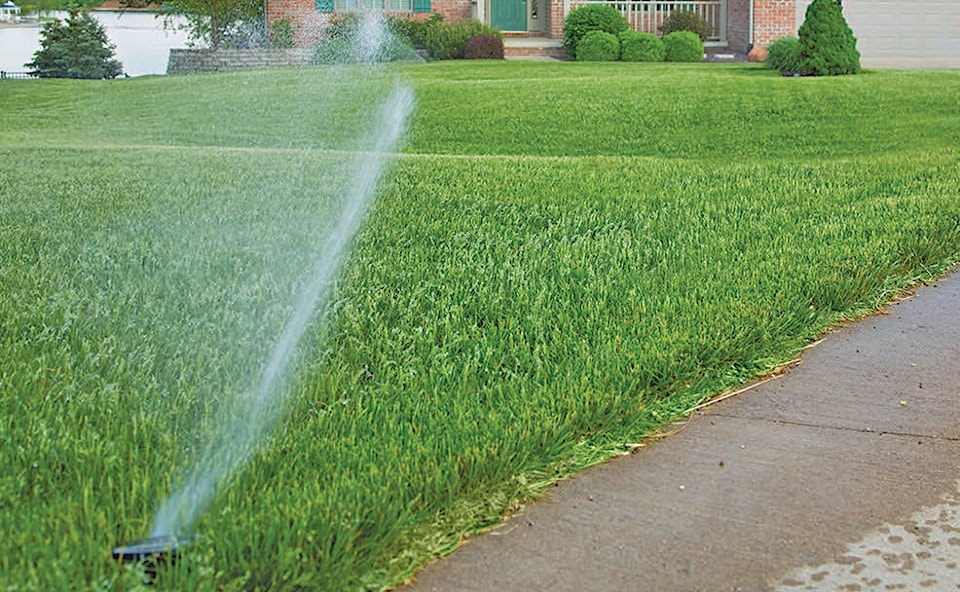Water restrictions could come earlier than normal in 2019.
The snowpack near the lakes that provide Abbotsford and Mission with most of their drinking water was half of normal as May began. That makes it likely that water levels on Dickson and Cannell lakes will drop sooner than usual and increases the chances of early water restrictions.
The water equivalent of the snow at Dickson Lake on April 30 was 49 per cent of average, according to a staff report.
The amount of water in Dickson Lake drives decisions about water restrictions. Costs also increase significantly if the lake level drops below the “gravity drawdown limit” – the point at which pumps need to be used to get water out of the lakes.
The low snowpack doesn’t guarantee early water restrictions will come into play, though. Rainy weather over the summer can both help supply Dickson with more water and decrease the demand among consumers. The opposite can happen as well.
In 2006, Dickson remained near capacity through late June before heavy demand and drawdown and a lack of fall rain left the lake with its lowest water level ever by October.
By 2011, Abbotsford was worried enough about a lack of water that it held a referendum to ask for permission to borrow more than $200 million to tap Stave Lake as a source. The referendum saw the No side prevail, and in the following years, Abbotsford and Mission were able to significantly reduce the amount of waters their residents used.
Since 2014, water consumption has risen just two per cent. The two cities have grown significantly faster than that, meaning per-resident consumption continues to fall. Still, the growth has led Abbotsford and Mission to plan to build a collector well for around $80 million dollars over the next decade. Planners say the well should ensure the two communities have enough water to welcome tens of thousands of new residents over the next several decades.
RELATED: Location eyed for possible collector well
RELATED: Three unsexy projects account for bulk of $1 billion in infrastructure needs
@ty_olsen
tolsen@abbynews.com
Like us on Facebook and follow us on Twitter.
